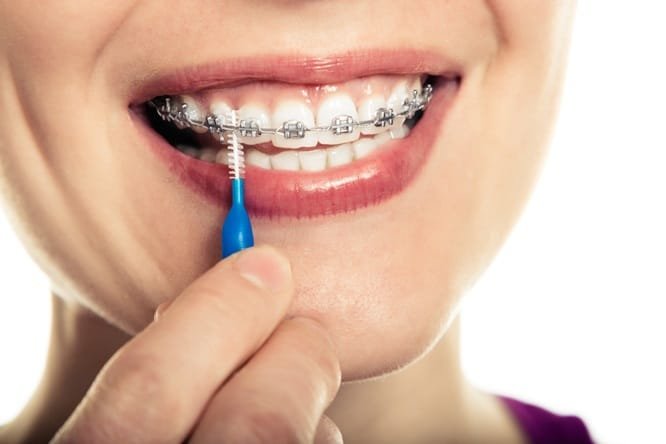Braces can be a challenge for children and parents alike. Yet, their importance in correcting dental misalignments is undeniable. You want to ensure your child’s smile stays bright while wearing braces. The key is routine oral care. Braces make daily hygiene more complicated. But with the right approach, your child can maintain a clean mouth and healthy gums. Regular visits to a trusted Merced kids dentist will support your child’s dental journey. They’ll provide guidance and answer questions. At home, you need a few essential tools. Use a soft-bristle toothbrush to clean around brackets. Introduce your child to proper flossing techniques with a floss threader. Also, consider a water flosser for removing food particles. Be sure your child avoids sticky or hard foods that can damage braces. Encouragement helps. Together, you can turn these practices into daily habits that protect your child’s teeth and gums.
Essential Oral Care Tools
Investing in the right tools can make oral hygiene easier for your child. Here is what you’ll need:
- Soft-bristle toothbrush: Gentle on gums and effective around braces.
- Floss threader: Helps in navigating floss around brackets.
- Water flosser: Cleans hard-to-reach areas and removes trapped food.
- Interdental brushes: Cleans between braces and under wires.
Regular cleaning with these tools can prevent plaque buildup and gingivitis.
Daily Cleaning Routine
Establish a routine that your child can follow easily. Consistent habits are crucial. Here is a simple plan:
- Brush after every meal to remove food particles.
- Use a floss threader or water flosser once daily.
- Rinse with a fluoride mouthwash for added protection.
- Inspect braces for any loose wires or brackets.
Following this routine promotes strong teeth and gums.
Foods to Avoid
Certain foods can harm braces and teeth. Teach your child to avoid:
- Sticky candies like caramels and gummies.
- Hard foods such as nuts and popcorn.
- Sugary drinks that can lead to decay.
Encourage healthy alternatives like yogurt, cheese, and soft fruits.
Managing Discomfort
Braces can cause discomfort, especially after adjustments. To ease pain:
- Use orthodontic wax to cover sharp edges.
- Take over-the-counter pain relief as needed.
- Rinse with warm salt water for soothing relief.
These methods can help your child adapt to braces comfortably.
Frequency of Dental Visits
Regular check-ups are crucial. Schedule visits every 4-6 weeks. During these visits, your orthodontist will:
- Adjust braces for proper alignment.
- Check for any oral health issues.
- Provide advice on care techniques.
Staying on schedule ensures successful treatment outcomes.
Cost of Not Maintaining Oral Hygiene
Neglecting oral hygiene can have lasting effects. Here is a comparison of potential costs:
| Issue | Consequence | Estimated Cost |
| Gum disease | Inflamed gums and bleeding | $500 – $4,000 |
| Cavities | Tooth decay and fillings | $100 – $450 per tooth |
| Prolonged treatment | Extended use of braces | Varies greatly |
Maintaining good habits saves time and money.
Support Resources
Utilize available resources for additional support. Websites like the Centers for Disease Control and Prevention offer valuable information. You can also find tips and guidelines on the American Dental Association website.
Conclusion
Maintaining oral hygiene with braces needs effort but yields lasting benefits. Equip your child with knowledge and tools. Encourage them through each step. With consistent care and professional support, your child can look forward to a healthy, confident smile.



